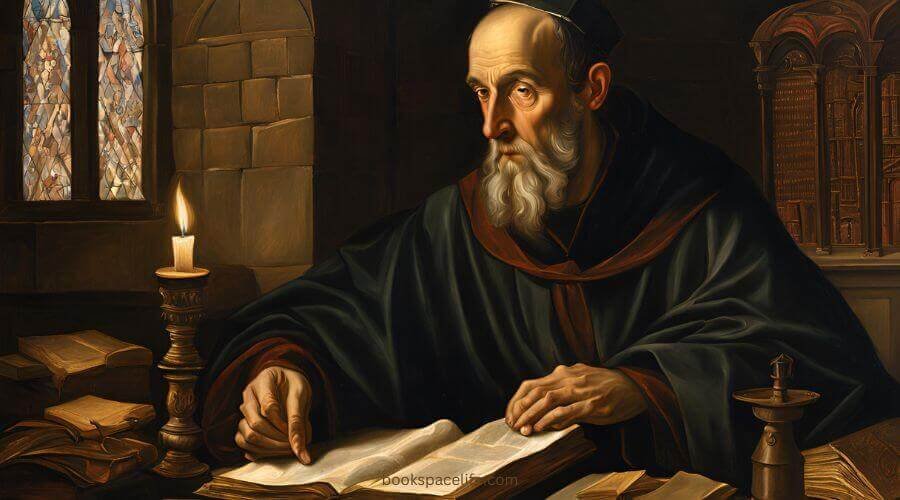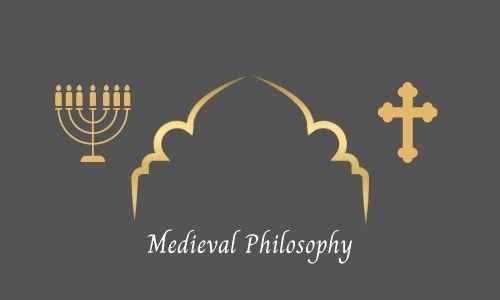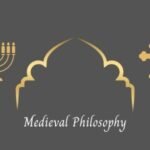Saint Anselm of Canterbury
Saint Anselm of Canterbury : Faith, Reason, and the Search for Truth
Saint Anselm of Canterbury, born in 1033 in Aosta (now Italy), is celebrated as one of the most prominent Christian philosophers and theologians of the medieval period.
Known as the “Father of Scholasticism,” Anselm’s intellectual contributions significantly shaped Western philosophy and Christian theology.
Saint Anselm’s famous ontological argument for the existence of God and his insistence on the harmony between faith and reason continue to resonate with philosophers, theologians, and believers alike.
Table of Contents
(1) Early Life and Education
Anselm was born into a noble family in Aosta, located in the Alps of what is now Italy. His mother, Ermenberga, was deeply religious, while his father, Gundulf, was ambitious and wished for Anselm to pursue a secular career.
Despite a strong desire to enter a religious life from an early age, Anselm’s path to monasticism was complicated by his father’s opposition.
When Anselm was in his early twenties, he left home and began traveling through Burgundy and France, where he sought both education and spiritual guidance.
Eventually, he settled in Normandy and joined the Benedictine Abbey of Bec under the mentorship of Lanfranc, a respected scholar and prior.
At Bec, Anselm thrived, dedicating himself to the study of theology, philosophy, and the writings of early Church Fathers.
This period of study and reflection laid the groundwork for Anselm’s future contributions to Christian thought.
(2) Rise in the Monastic Community and Travels to England
Anselm’s talent and intellectual dedication quickly earned him respect within the monastic community.
He succeeded Lanfranc as prior of the Abbey of Bec in 1063, a position that allowed him to pursue his theological studies while also guiding others in their spiritual and intellectual development.
His influence grew, and by 1078, he became the abbot of Bec, further solidifying his reputation as a leading monastic scholar.
During his time as abbot, Anselm frequently traveled between Normandy and England, where he developed relationships with influential leaders within the English Church.
When Lanfranc, now Archbishop of Canterbury, passed away in 1089, Anselm was regarded as his natural successor.
Although Anselm initially resisted, he accepted the role in 1093, becoming the Archbishop of Canterbury during a politically turbulent period for the English Church.
(3) Anselm’s Philosophy and the Harmony of Faith and Reason
Anselm’s philosophical work revolved around his deep commitment to both faith and reason. He believed that faith should be the starting point for understanding, famously stating, “I do not seek to understand in order that I may believe, but I believe in order to understand.”
This idea, fides quaerens intellectum (“faith seeking understanding”), became a foundational principle in Anselm’s thought and a defining aspect of Scholasticism.
One of Anselm’s most famous contributions to philosophy is the ontological argument for the existence of God, presented in his Proslogion.
The ontological argument posits that God is “that than which nothing greater can be conceived.” Anselm argued that if God exists as a concept in the mind, then God must also exist in reality; otherwise, the concept would not truly be “that than which nothing greater can be conceived.”
This groundbreaking argument sought to establish God’s existence purely through reason, independent of external evidence.
Though the ontological argument has been both celebrated and critiqued by many philosophers (including Thomas Aquinas, Immanuel Kant, and more recently, Alvin Plantinga), it remains one of the most influential arguments in the philosophy of religion.
(i) Theological Contributions: Cur Deus Homo and the Atonement
In addition to his philosophical work, Anselm made significant theological contributions, particularly regarding the doctrine of atonement.
His treatise Cur Deus Homo (“Why God Became Man”) explores the reasons for the Incarnation and the necessity of Christ’s sacrifice. In this work, Anselm formulated what became known as the “satisfaction theory” of atonement.
Anselm argued that human sin dishonors God, creating an imbalance that cannot be reconciled by human effort alone.
Since humanity could not repay this debt to God, it was necessary for God Himself, through the person of Jesus Christ, to become incarnate and offer the ultimate sacrifice.
This notion of satisfaction provided a framework for understanding salvation in terms of justice and mercy, greatly influencing Western Christianity’s theology of redemption.
(ii) Conflicts and Exile as Archbishop of Canterbury
Anselm’s role as Archbishop of Canterbury placed him in the middle of a political conflict between the English monarchy and the Church.
King William II (Rufus) attempted to control the Church by appointing bishops and claiming Church revenues for himself.
Anselm, however, insisted on the Church’s independence, particularly in its right to appoint its own leaders.
Anselm’s resistance led to a series of conflicts with William II, and later, with King Henry I.
During these conflicts, Anselm was forced into exile twice—once in 1097 and again in 1103.
Despite these challenges, he used his time in exile to continue writing and engaging with theological questions, solidifying his ideas and correspondence with other scholars.
His persistence in advocating for the Church’s independence from secular authorities eventually contributed to reforms that strengthened the autonomy of the Church in England and beyond.
(4) Influence and Legacy
Anselm’s contributions to theology and philosophy have left a lasting legacy, especially in the realm of Christian philosophy.
As a pioneer of Scholasticism, Anselm paved the way for medieval thinkers such as Thomas Aquinas, Bonaventure, and Duns Scotus, who would build on his work to further harmonize faith and reason.
His insistence that philosophical reasoning could support theological truths laid the groundwork for a long tradition of philosophical theology in both Catholic and Protestant circles.
The ontological argument, in particular, continues to be a topic of discussion, analysis, and debate within the philosophy of religion.
Despite criticisms and reformulations over the centuries, the argument has inspired many philosophers to explore the nature of existence and the relationship between thought and reality.
Anselm’s approach to theology as a rigorous intellectual pursuit helped establish philosophy’s role as a servant of theology—a concept that became central to medieval Scholasticism.
Anselm’s satisfaction theory of atonement has also had a profound influence on Christian understandings of salvation.
While the theory was later expanded upon by thinkers such as Aquinas and reinterpreted by Protestant reformers, it provided a foundation for understanding Christ’s sacrifice in terms of justice, honor, and love.
His ideas on atonement would shape the doctrines of major Christian denominations and remain relevant in discussions of salvation theology today.
(5) Conclusion: The Enduring Relevance of Saint Anselm
Saint Anselm of Canterbury’s life and work reveal a man who was deeply committed to both his faith and his intellectual pursuits.
His ability to combine reason with devotion not only influenced his contemporaries but also established a model for Christian thinkers who sought to explore theological truths with philosophical rigor.
Anselm’s famous dictum, “faith seeking understanding,” reminds us that belief and reason can coexist, each enhancing the other in the search for truth.
His writings on God’s existence, the nature of atonement, and the Church’s independence remain foundational in Christian philosophy and theology.
Anselm’s legacy endures, offering valuable insights to believers, philosophers, and seekers of truth who wrestle with life’s most profound questions.
In a world where faith and reason are often seen as opposing forces, Anselm’s life reminds us of the power of integrating both as pathways to a deeper understanding of the divine and the mysteries of existence.
Anselm’s commitment to exploring the mysteries of faith with philosophical rigor and intellectual curiosity leaves a legacy that continues to inspire those who seek to bridge belief with reason.








